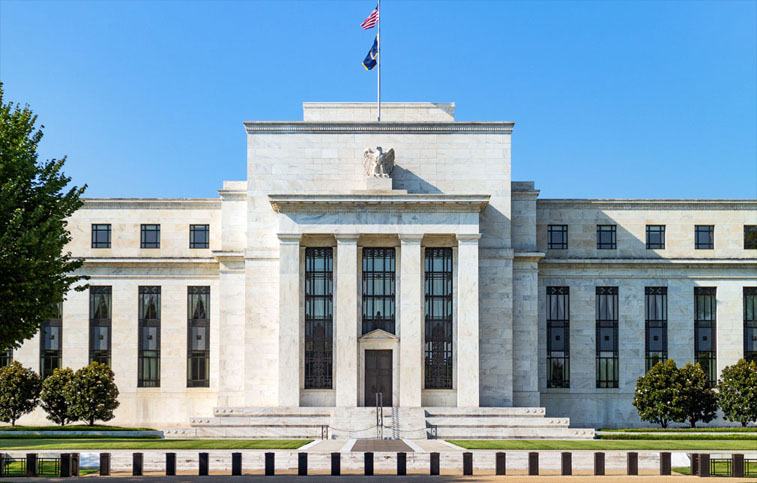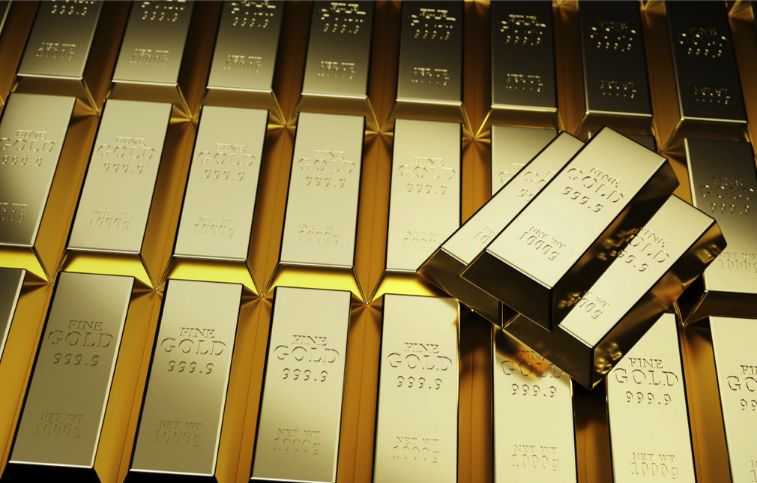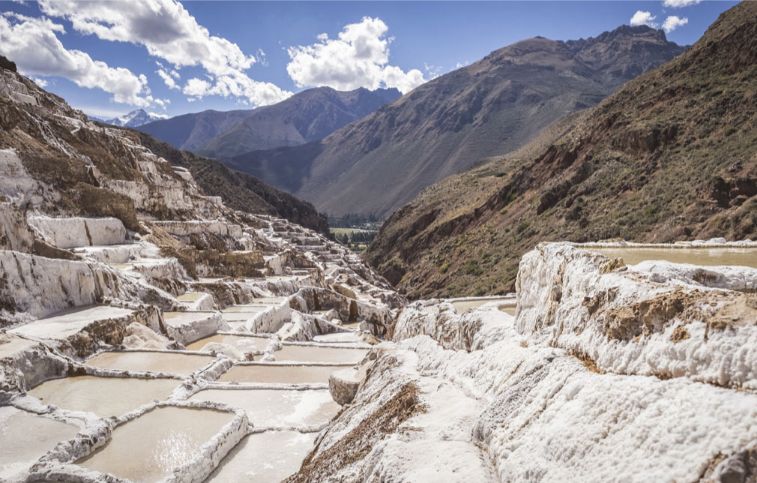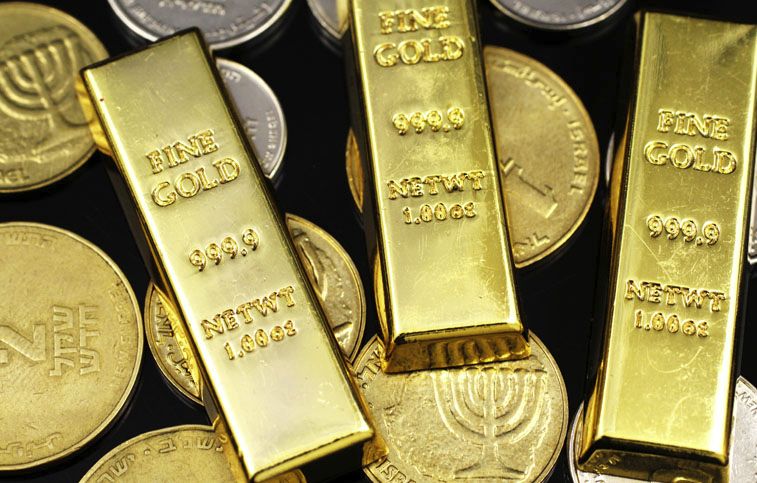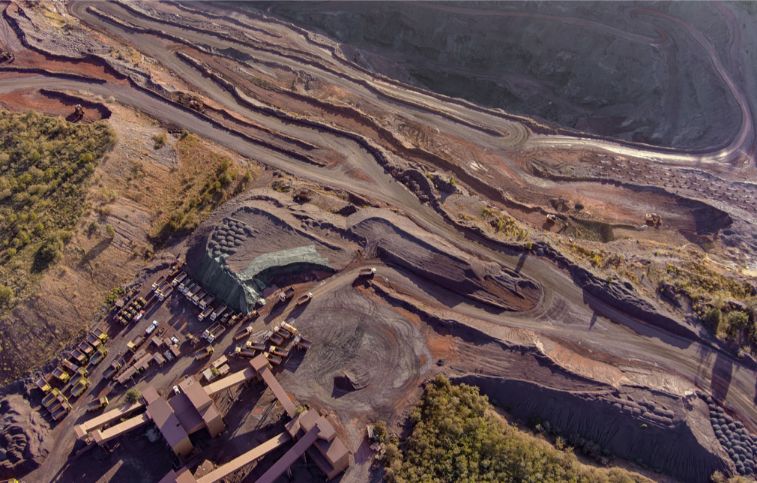Central banks are not well-liked by gold investors. The price of gold has experienced significant declines since numerous regions of the world have increased their interest rates. The price has dropped to approximately $1,650 from more than $2,000 per troy ounce and continues to flounder. This decline occurred despite the extraordinarily high inflation in many countries and concerns about the effects of the Ukraine war, both of which should have benefited gold. However, whenever a troubling piece of political news causes the price of gold to rise, news about rate hikes causes it to drop again shortly after.
Remarkably, the central banks responsible for this are now purchasing a large amount of gold. These figures have been estimated by the World Gold Council (WGC) and are based on a combination of officially reported values and estimates for gold purchases. According to the data, global central banks purchased a staggering 399.3 tons of gold in the third quarter of 2022. This number increased more than 300% compared to the same quarter last year and up to 115% compared to the second quarter of the same year.
Gold experts in the United States call it a “gold buying spree” by central banks. The World Gold Council reports that these purchases make up the highest demand for gold by central banks in a single quarter since records began in 2000, nearly doubling the previous record set in the third quarter of 2018.
During this time, Russia’s Vladimir Putin and Turkey’s Recep Tayyip Erdogan, among others, increased their countries’ gold reserves to become less reliant on the dollar for foreign reserves.
Even though various conspiracy theories have always circulated among ardent gold fans regarding how central banks, particularly the U.S. Federal Reserve (Fed), allegedly manipulate the price of gold, one thing should be clear: Central banks do not raise interest rates in order to purchase gold at a discount. There are various reasons why central banks purchase gold, but fighting inflation is the primary one. Moreover, it is not necessarily the central banks that are most active in raising interest rates that are also purchasing a great deal of gold.
Frank Schallenberger, a gold expert at Landesbank, says, “Central banks are not bringing the gold price down with rate hikes just to acquire gold cheaply.”
According to analysts, the lower gold price is a significant reason central banks currently purchase so much gold. Unquestionably, the interest rate adjustments by central banks are a significant factor in the weakening gold price development.
Schallenberger states, “The lower gold price appears to attract central banks who did not already have significant gold reserves.” A re-evaluation of central bank reserves may be one possible explanation for the mass acquisition of gold. “This year, the dollar has appreciated significantly,” Schallenberger says. “It still constitutes the majority of central bank reserves. If their reserves increase in value, central banks must rebalance them to maintain their original portfolio composition.”
Not all central banks know the precise amount of recently purchased gold. In some instances, the information can only be derived using estimations. For instance, the central bank of Turkey has acquired a great deal of gold, as shown by a list of the world’s most significant gold buyers. In the third quarter alone, its reserves grew by 31 tons to 489 tons. However, Turkey was not a driving force behind the increase in global interest rates. Despite high inflation, Turkey has repeatedly reduced its interest rates. However, when Turkey purchases inexpensive gold, it benefits from the fact that other central banks, such as the Fed, have significantly raised interest rates.
Uzbekistan, for example, purchased approximately 26 tons of gold in the third quarter. In July alone, Qatar Central Bank purchased an additional 15 tons. India’s gold reserves increased by 13 tons in July and 4 tons in September, bringing the total to 785 tons. Countries such as Mozambique, the Philippines, and Mongolia also purchased smaller quantities, though they were not the primary drivers of the global increase in interest rates; rather, they were profiteers from this development.
Giovanni Staunovo, a commodities expert at the Swiss bank UBS, believes that some of the Organization of the Petroleum Exporting Countries (OPEC) nations in the Middle East may have recently earned a lot of money from high energy prices and would have preferred to invest it in gold rather than dollars, given the region’s tensions with the United States.
